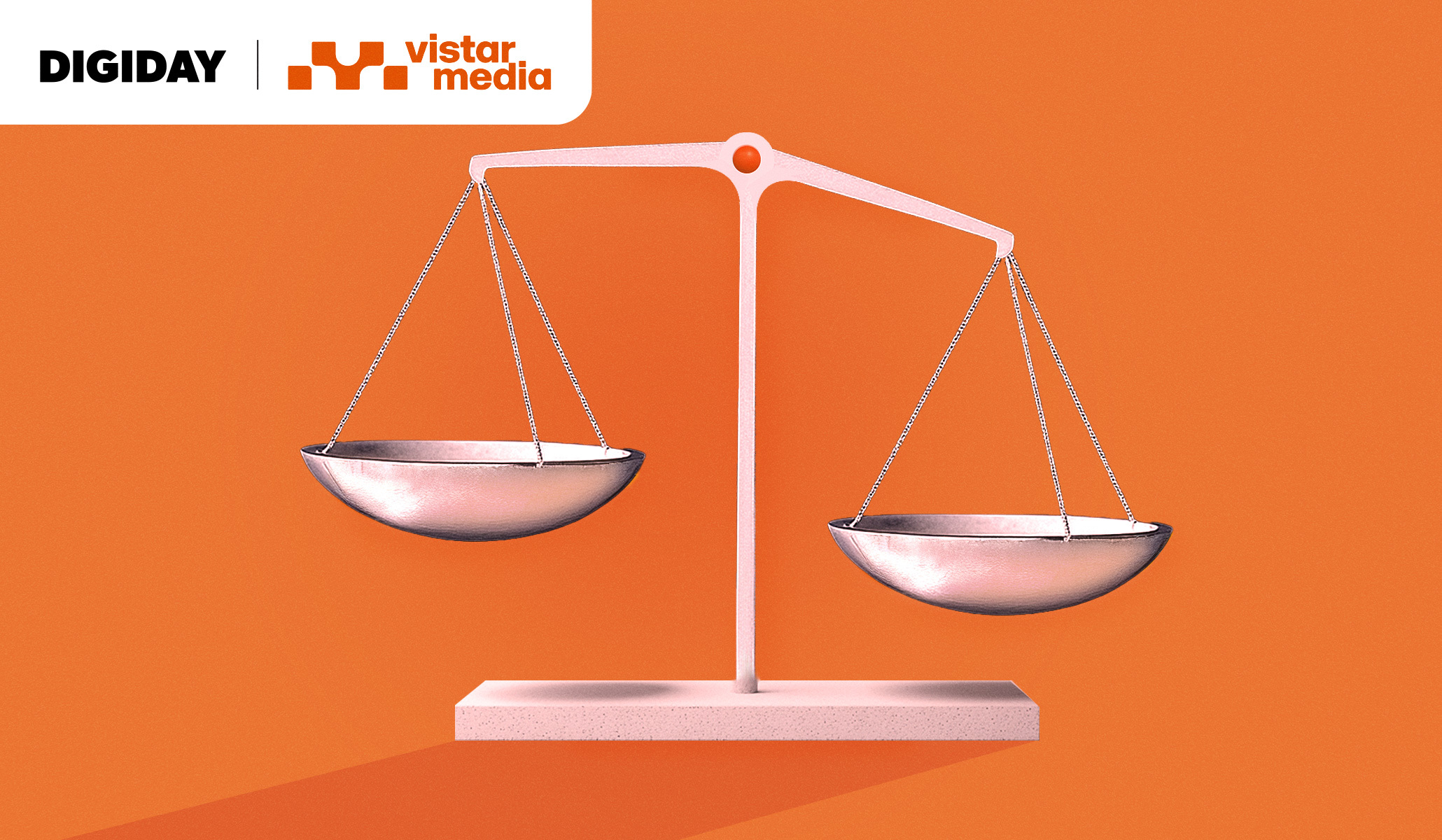An advertiser’s guide to integrating branding and performance goals: Tactics and insights for omn...

```html
Bridging the Gap: Unifying Branding and Performance Marketing
The Challenge of Siloed Strategies
Marketers are under constant pressure to boost brand recognition and drive tangible results. Traditionally, these goals have been pursued through separate campaigns, leading to inflated costs and missed opportunities for synergy.
A recent Digiday and Vistar Media survey of 113 marketing professionals highlighted this challenge, with cost restrictions and siloed data operations cited as the biggest obstacles to achieving marketing objectives. The difficulty in measuring the impact of brand building on sales further underscores a critical lack of visibility into campaign effectiveness.
Breaking Down Silos with Technology
Technological advancements are now enabling marketers to seamlessly connect media channels and gain a clearer understanding of the relationship between short-term results and long-term brand equity.
"Advanced analytics can now measure the influence of branding campaigns on conversions," says Faryn Brown, VP of Addressable Activation at Kinesso. "This evolution unlocks new opportunities for marketers to reach incremental audiences, experiment with media and creative, improve efficiency and maximize conversions."
However, shifting away from ingrained thinking and outdated processes can be challenging. The misconception that certain advertising channels are suited for only one function prevents marketers from fully leveraging evolving platforms.
"Media teams are often siloed, which results in budgets and objectives being confined to their respective groups," notes Lucy Markowitz, General Manager of the U.S. Marketplace at Vistar Media. "The challenge is designing the media around the objectives, rather than the other way around."
DOOH: A Case Study in Integrated Marketing
Digital Out-of-Home (DOOH) exemplifies a channel traditionally used for branding that has been revolutionized by technology. With millions of connected screens tied to omnichannel campaigns, DOOH's impact on performance can now be measured with KPIs like web conversions, foot traffic, and purchases.
Survey results indicate strong DOOH adoption, with 84% of surveyed marketers currently utilizing it and nearly half planning to increase their spend in the near future.
"Out-of-home was notoriously known as an inflexible channel," says Laura Brandes, VP of Growth at OOH agency Rapport. "Digital out-of-home brings programmatic capabilities into the mix, enabling greater adaptability and more impactful ads."
Contextually Relevant Campaigns: Driving Engagement and Results
A Kia EV9 campaign showcased the potential of situationally aware advertising. By leveraging EV charging stations with digital displays and tailoring messages based on the car being charged, Kia achieved significant lifts in awareness, consideration, purchase intent, and actual sales.
"Personalization can refer to a wide range of variables," says Markowitz. "With programmatic out-of-home, brands can seamlessly integrate these factors to ensure their messages remain relevant in the moment — even across diverse markets and cultures."
Similarly, Travel Texas demonstrated the power of context in an omnichannel campaign. By using hyper-local DOOH creatives, they saw a significant increase in travel to Texas, along with boosts in other key metrics.
Unlocking Cross-Channel Insights
Integrating new channels into the programmatic mix allows for deeper cross-channel analysis and a better understanding of attribution. A global technology company using device ID passback found that DOOH, combined with retargeting efforts, significantly outperformed standalone channels.
"By analyzing audience media exposure, we can determine which sequences drive faster conversions," says Brown. "More of our clients are beginning to understand that even though DOOH traditionally falls under awareness, it often helps drive conversions."
Building the Optimal Media Mix
In today’s dynamic media landscape, finding the right balance between performance and brand awareness requires a re-evaluation of media channels. Even traditionally siloed placements should be considered within a broader strategic framework.
"Each campaign component should reinforce efforts across complementary channels," emphasizes Markowitz. "Programmatic DOOH should integrate with a brand’s broader digital strategy, drawing from and contributing to channels like search and social."
Experimentation and a willingness to adapt are also crucial. "Testing and learning are part of the process," says Brown. "It's okay to fail, as long as you define the purpose of the test and the success metrics upfront."
The Future of Integrated Marketing
Technological advancements are enabling a more efficient connection between branding and conversions. DOOH's evolution into a measurable, performance-driven channel demonstrates this shift. By embracing contextually relevant campaigns and integrating channels effectively, marketers can achieve greater impact and gain deeper insights into attribution and optimization.